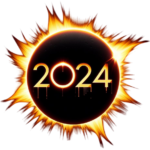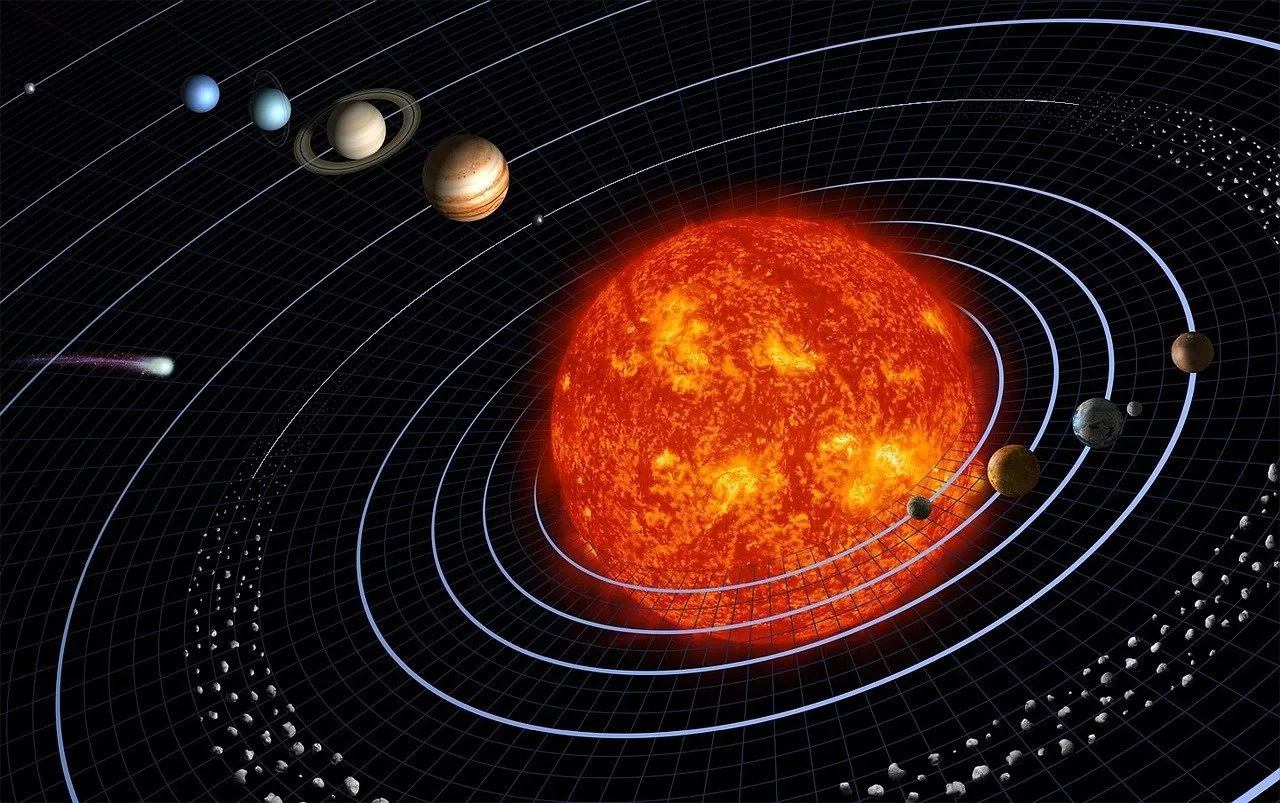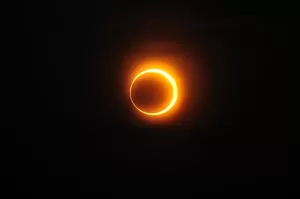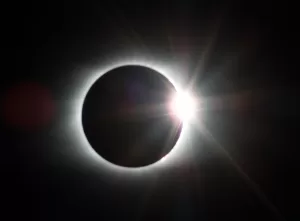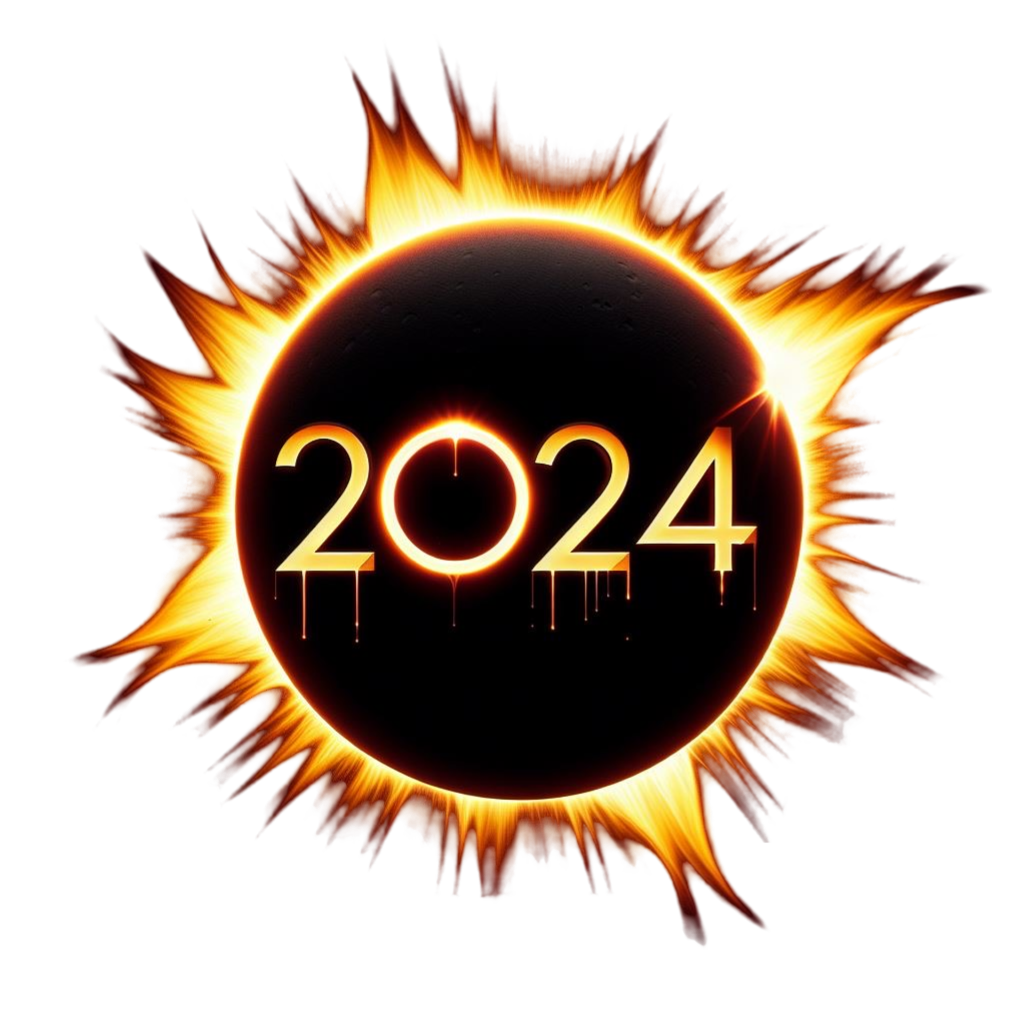Standing on Earth, witnessing a solar eclipse is an awe-inspiring experience. The sky darkens, temperatures drop, and a moment of eerie tranquility envelops the observers. But have you ever wondered what an eclipse might look like from the surface of other planets in our solar system? Let’s embark on an imaginative journey through our celestial neighborhood to explore these phenomena from a new perspective.
Mercury and Venus: Neither Mercury nor Venus has moons, so traditional solar eclipses, like those on Earth, don’t occur. However, from Mercury, one might witness a rare sight of Venus or Earth transiting the Sun, appearing as small, moving shadows against the fiery backdrop.
Mars: Mars has two moons, Phobos and Deimos, but they’re too small to completely cover the Sun. Observers on Mars would see partial or annular eclipses, with Phobos creating a swift, shadowy transit across the Sun due to its rapid orbit.
Jupiter: Jupiter’s moons, especially the four Galilean moons (Io, Europa, Ganymede, and Callisto), provide a spectacular eclipse show. These moons are large enough to cast sharp, distinct shadows on Jupiter’s clouds, offering a frequent and mesmerizing sight of multiple shadows moving across the planet’s vast atmosphere.
Saturn: Saturn’s many moons also create unique eclipse experiences. The most dramatic would involve Titan, its largest moon, which could cast a large shadow enveloping vast stretches of Saturn’s rings and surface. The sight of Saturn’s rings during an eclipse, with shadows and the planet’s glow, would be truly breathtaking.
Uranus and Neptune: Both of these ice giants possess moons capable of casting shadows on their clouds. However, given the immense distance from the Sun, these eclipses would be less pronounced, offering a subtle play of light and shadow amidst the planets’ muted colors.
Pluto: Though no longer officially a planet, Pluto offers a fascinating eclipse potential with its moon Charon. Given their unique barycenter, Pluto and Charon engage in mutual eclipses, with one casting shadows upon the other, a dance of darkness and light in the distant reaches of our solar system.
Conclusion: While Earth’s solar eclipses are undoubtedly spectacular, imagining the variety of eclipses that could occur on other worlds offers a profound appreciation for the dynamic and visually stunning universe we inhabit. From the swift shadows of Mars’ moons to the dramatic silhouettes cast by Jupiter’s satellites, each planet offers a unique perspective on this celestial phenomenon, reminding us of the ever-present dance between light and darkness in the cosmos.
